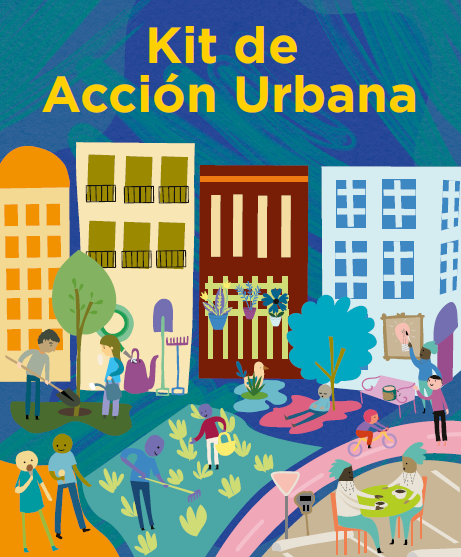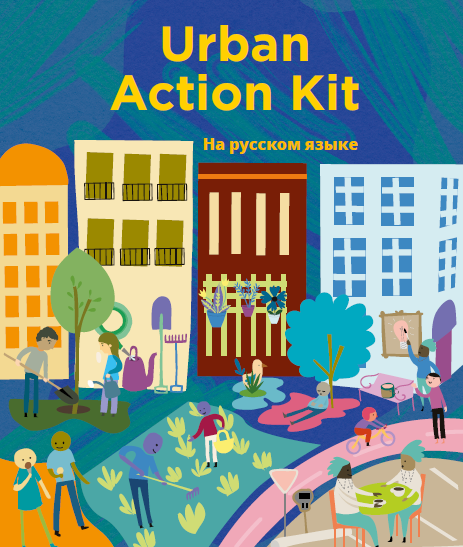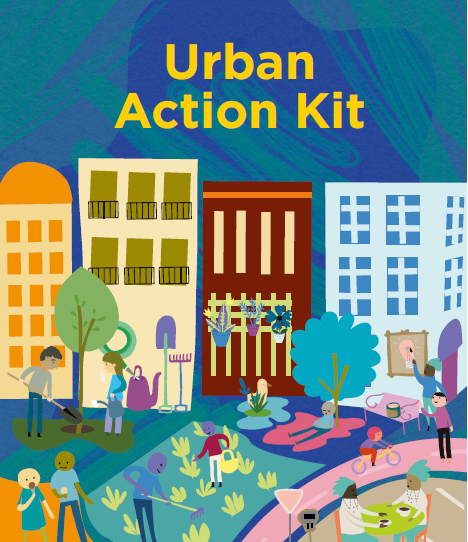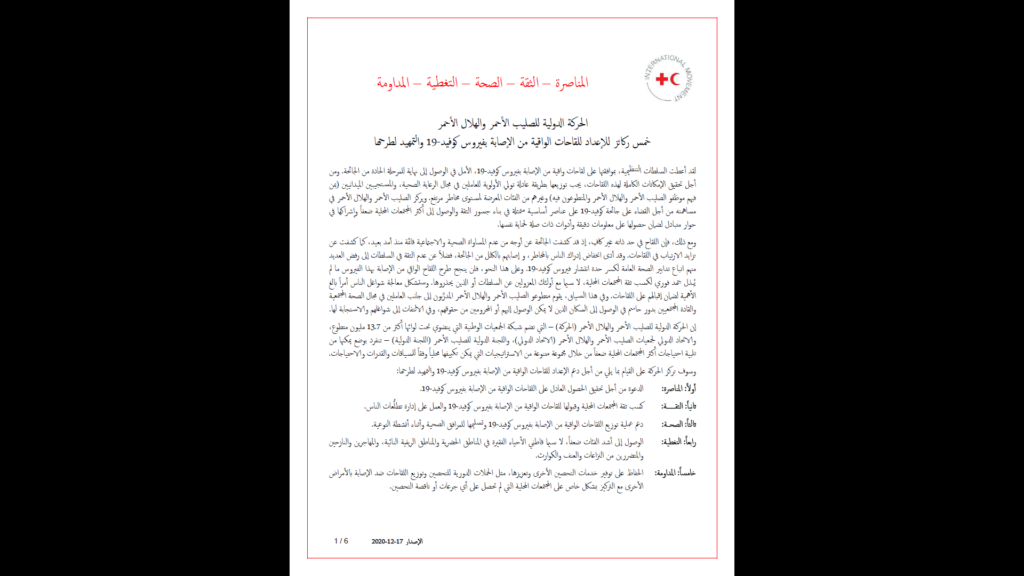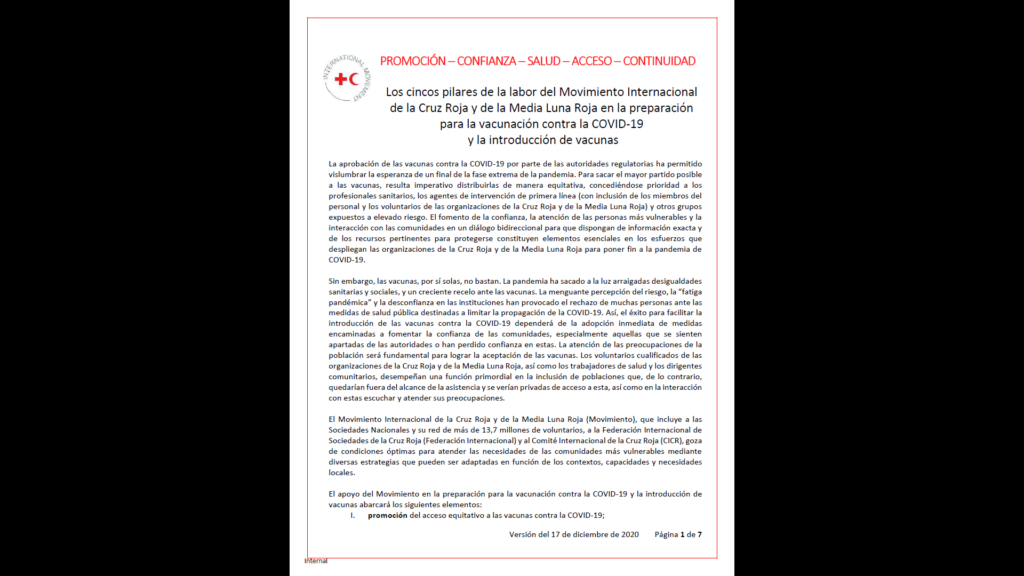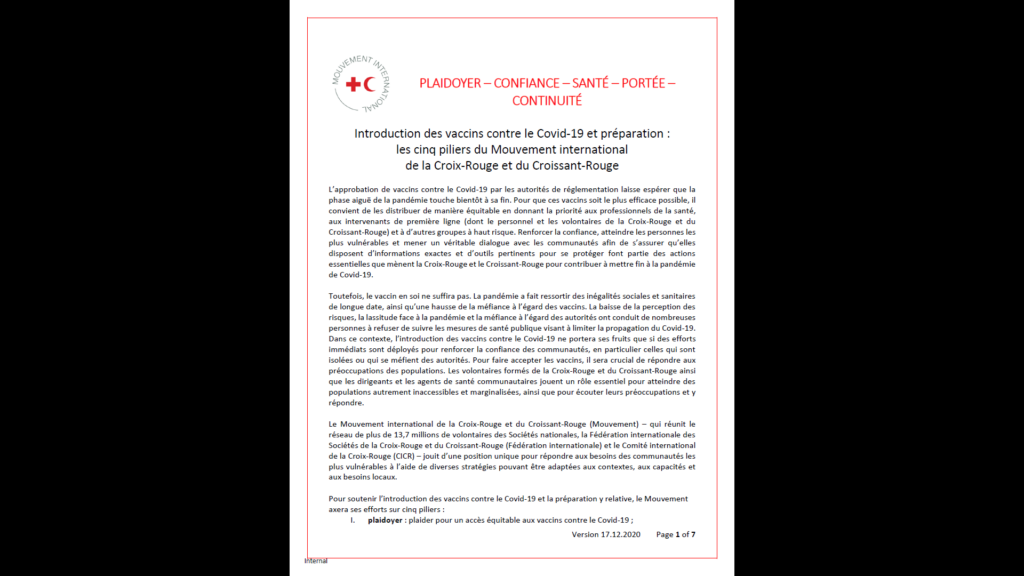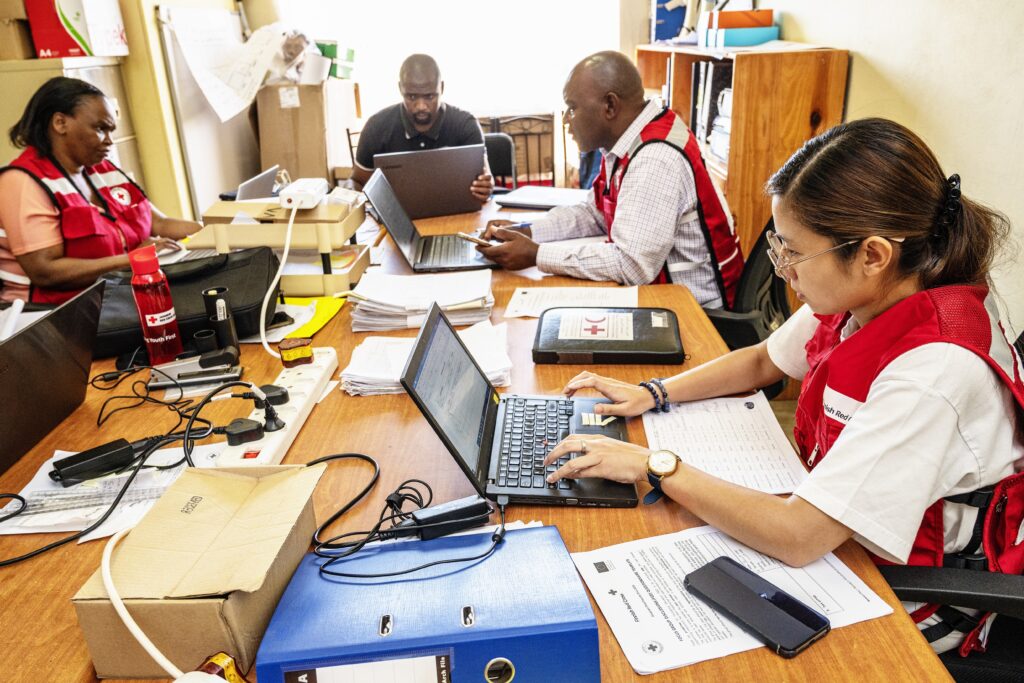Kit de Acción Urbana
El Kit contiene una introducción rápida a conceptos urbanos, seguida de una serie de seis módulos sobre: Comunicaciones creativas, soluciones basadas en la naturaleza, higiene y saneamiento del agua (WASH, por sus siglas en inglés), agricultura urbana, salud y bienestar, acción temprana por advertencia temprana, y ciudades habitables. Cada módulo contiene una breve descripción general […]
Kit de Acción Urbana Read More »

